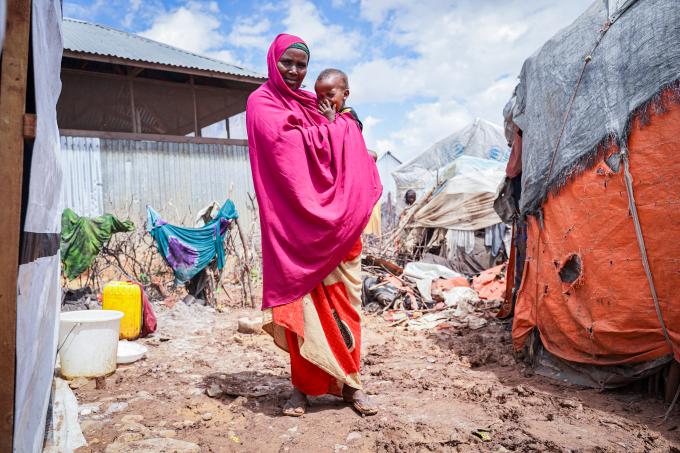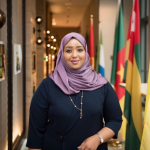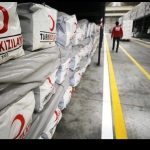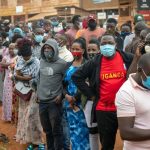Mogadishu (SONNA):Somalia is facing its fourth consecutive failed rainy season. As a result, more than 2.8 million people in 66 of the country’s 74 districts have been affected; 1.2 million children are projected to be malnourished by December 2021, and nearly 133,000 people have been displaced in search of food water and pasture.
The stories of families affected were poignant. The government of Somalia, together with Save the children visited some of the communities affected by the climate crisis in southern Somalia.
Save the children visited Baidoa, Dhoobley, Garbaharey.The stories of families affected were very similar. They have travelled long distances to escape starvation, lost their livestock, and didn’t have clean and safe drinking water.
Overall, it looks like Deja vue. In 2017 and 2012, Somalia was stricken by drought and In 2012 quarter of a million people lost their lives due to the late, inadequate and uncoordinated responses by humanitarian actors and government, but in 2017 famine was averted, and the loss to human life was mitigated to a large extent due to the quick and concerted actions. We are at a crossroads. The choice we make now will decide whether we go the 2012 way or the 2017 way.
Save the Children is using its contingency funds to provide immediate support to the affected community with cash, water, health and nutrition interventions, but that is not enough, and we need additional resources to save lives and also avoid the reversal of the gains we made from the decades of development work in Somalia.
Somalia’s drought has become more frequent and severe from time to time due to the climate crisis, which is the root cause of the problem, and Somalia is just bearing the brunt of the climate crisis created by others. Developed nations behind the climate crisis have the responsibility to help Somalia





